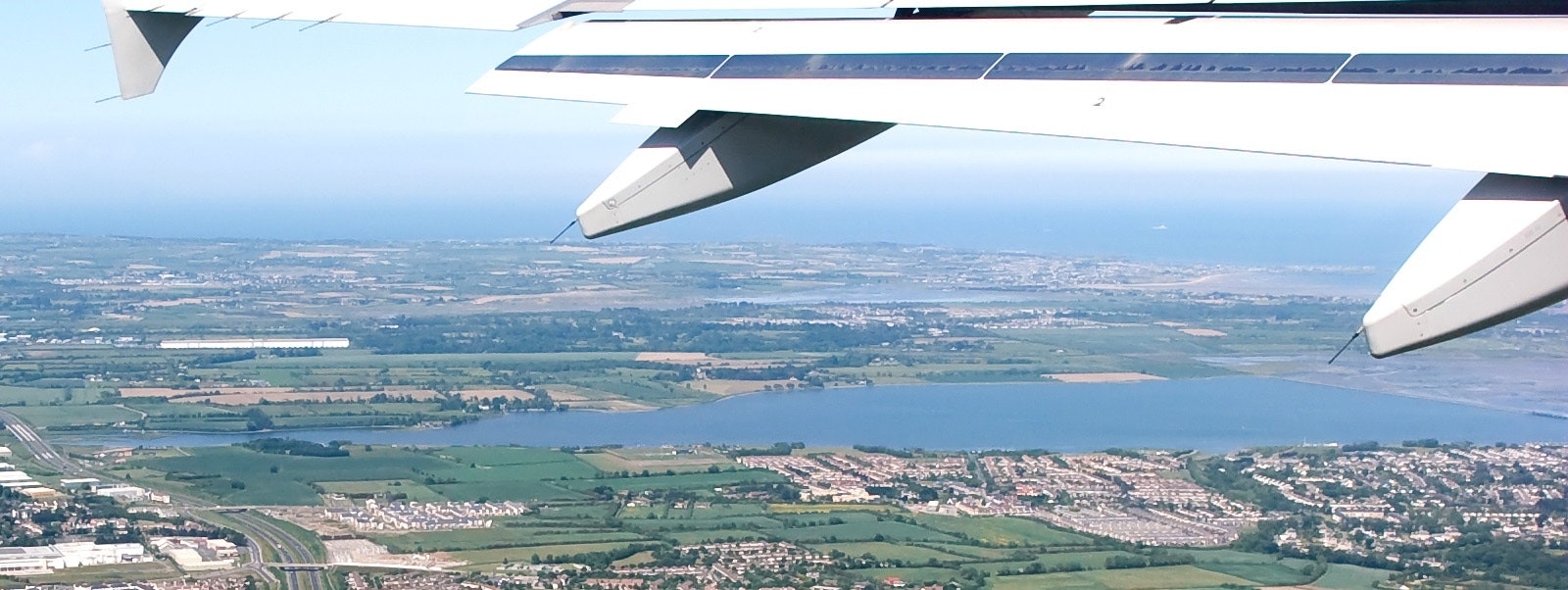By Jerome Bouchard and Matthieu Barbiery
This article first appeared in Forbes on January 16, 2018.
In 2017, airline industry labor costs rose as new contracts were signed. Oil and fuel prices edged up. No matter: Pent-up demand for air travel and restraint in adding capacity are keeping U.S. airlines — both network and value carriers — in the black.
Through the second quarter of 2017, the airlines had enjoyed 17 straight quarters of profitability. That year, not only was operating revenue up — to a combined $2.4 billion — but for the first time in a while, combined passenger yield (the measure of the average fare paid per mile, per passenger) was rising as well, according to the latest Oliver Wyman Airline Economic Analysis.
A return to growth in passenger yield is an example of the industry’s resilience. Passenger yield fell double digits from 2014 through 2016, hitting a year-over-year low in third quarter 2016 of 13.4 cents. The system-wide yield by second quarter 2017 was 13.9 cents, after finally beginning to rise.
Capacity Discipline
The good news on yield reflected decisions made by network carriers like Delta, United and American to limit the number of seats or routes they added to domestic operations. Where in the past network carriers often matched value player increases in capacity, network airlines resisted this year, and the strategy to limit expansion was rewarded with a boost in domestic revenue of $614 million year-over-year through Q2 2017. This increase was attributable to the consequent rise in yield, which contributed more than one-half of the year-over-year revenue rise. The total above-the-line gain for network players on domestic operations for the period was $1.153 billion.
To read the rest of the article, please click here.


